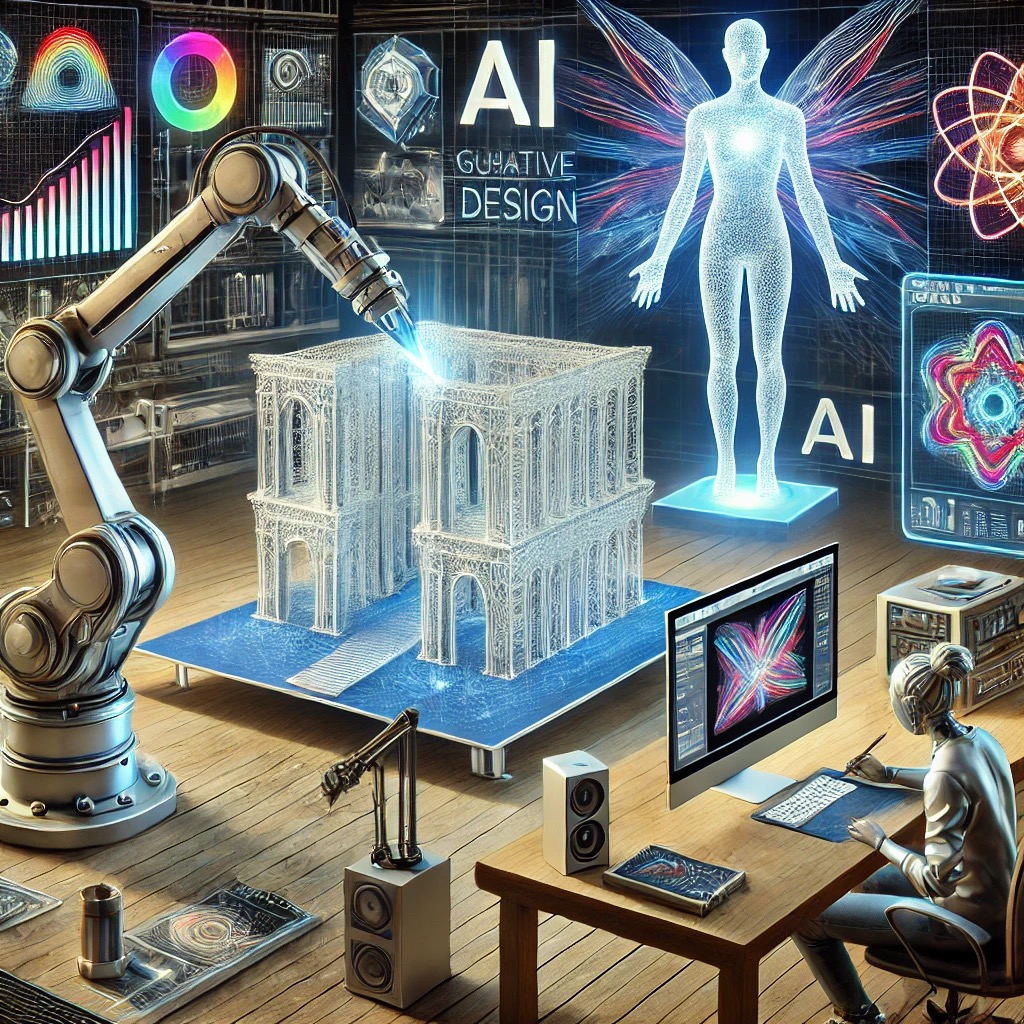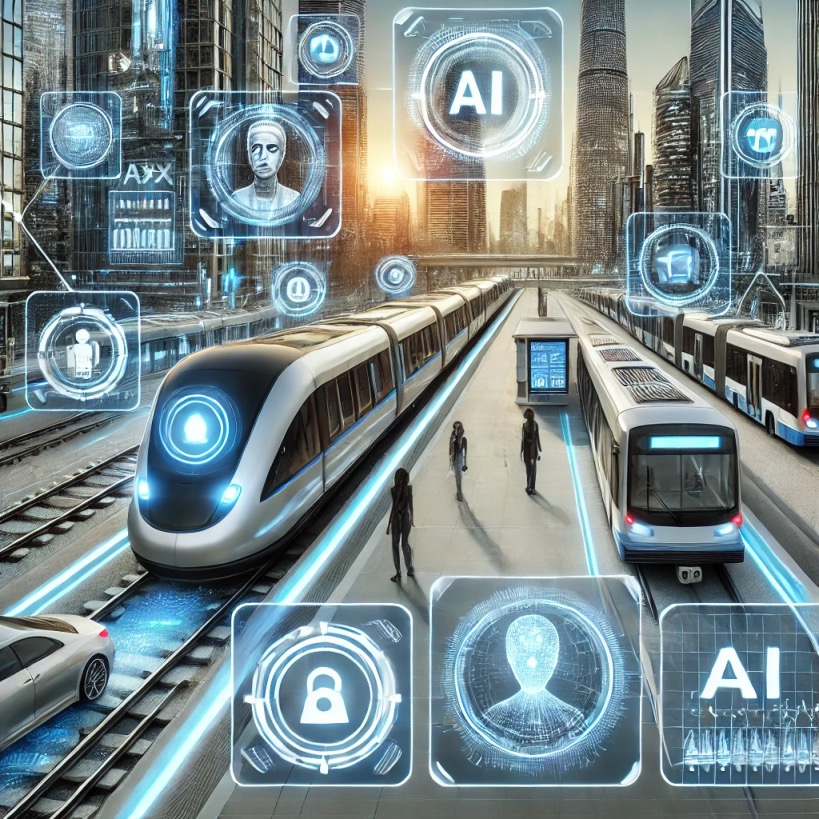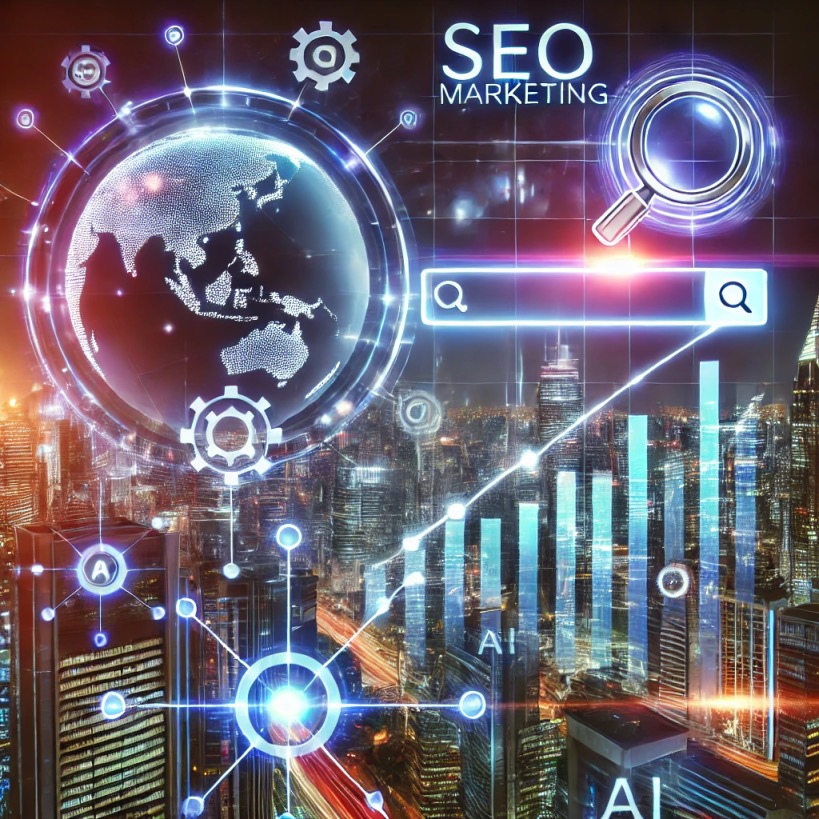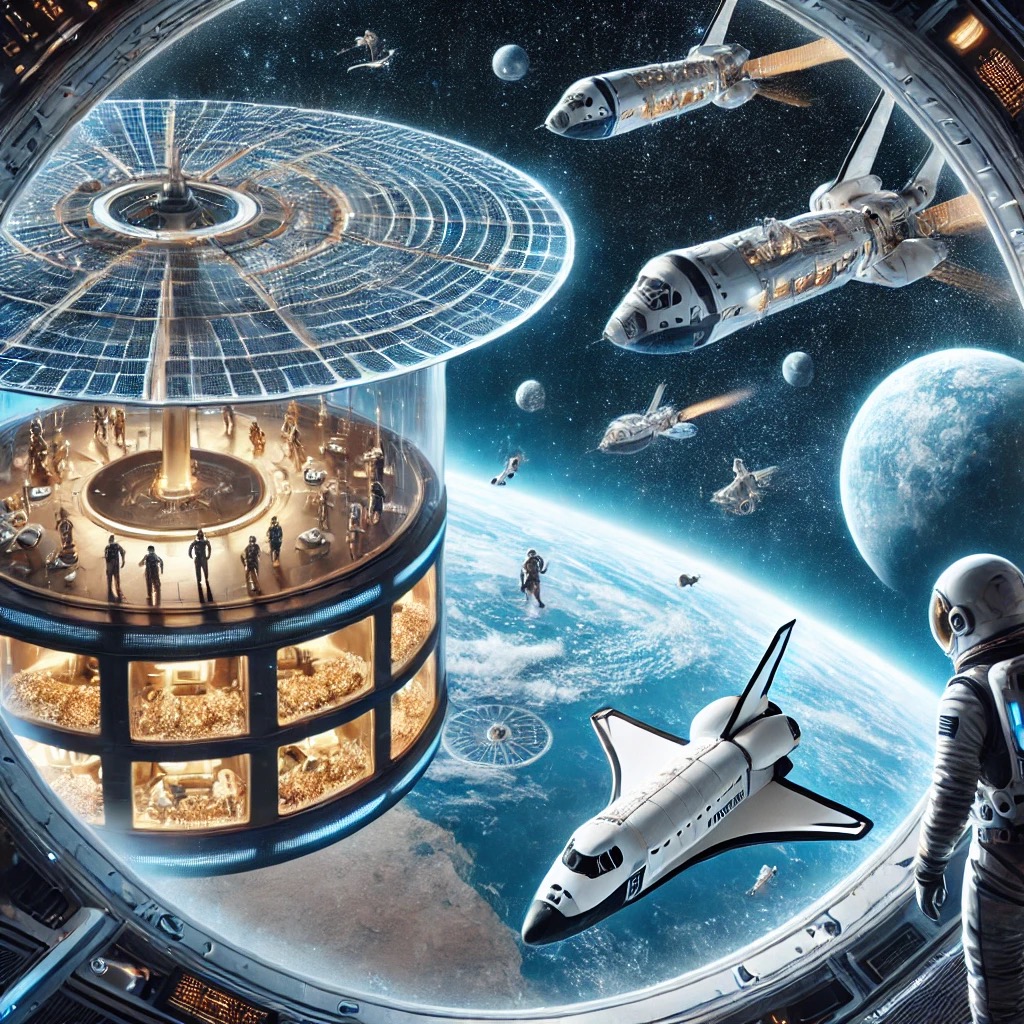The design world is undergoing a radical transformation, fueled by breakthroughs in 3D printing, AI-generated art, and cutting-edge tools that blend creativity with technology. These innovations are democratizing design, accelerating workflows, and redefining aesthetics across industries. Here’s how the future of design is taking shape:
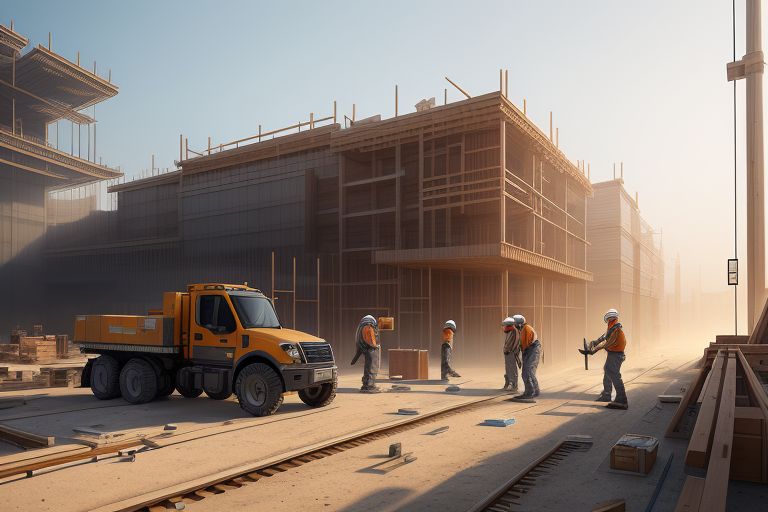
1. 3D Printing: From Prototyping to Production
How It’s Changing Design:
- Complex Geometries: Designers like Iris van Herpen use 3D printing to create intricate, wearable art impossible with traditional methods.
- Customization: Brands like Adidas (Futurecraft 4D sneakers) and Invisalign leverage 3D printing for personalized consumer products.
- Sustainable Materials: Companies like RePLAy 3D recycle plastic waste into filament, while ECOVATIVE grows mycelium-based biodegradable structures.
- Bioprinting: Researchers 3D-print human tissues for medical testing and organs (e.g., Organovo’s liver tissue).
Impact:
- Reduces prototyping time by 70% and material waste by 90%.
- Enables small-batch production, empowering indie designers and startups.

2. AI-Generated Art and Design
Tools & Applications:
- Generative Art: Platforms like DALL-E 3, Midjourney, and Runway ML turn text prompts into visuals, logos, or product concepts.
- Example: Refik Anadol uses AI to create data-driven art installations like “Machine Hallucinations.”
- Automated Design:
- Adobe Firefly integrates AI into Photoshop for instant background generation or object removal.
- Canva’s Magic Design auto-generates social media templates.
- Architectural Optimization: AI tools like Autodesk’s Dreamcatcher produce structurally efficient building designs.
Ethical Debates:
- Originality: Can AI art be copyrighted? The U.S. Copyright Office ruled AI-generated works lack human authorship (2023).
- Bias: AI models trained on biased datasets risk perpetuating stereotypes in design.

3. Emerging Technologies Redesigning Creativity
- VR/AR Prototyping:
- Designers use Oculus or Microsoft HoloLens to visualize interiors, cars, or fashion in 3D space (e.g., BMW’s VR car configurator).
- Generative Design:
- Algorithms create thousands of design variants optimized for weight, strength, or cost (e.g., Airbus’s bionic aircraft partitions).
- Blockchain for Design:
- NFTs authenticate digital art ownership, while platforms like Art Blocks curate generative art collections.
4. Challenges to Navigate
- Job Displacement: Fears that AI could replace junior designers, though experts argue it will augment vs. replace human creativity.
- Environmental Costs: 3D printing’s energy use and plastic waste require greener solutions.
- Skill Gaps: Designers must master coding (Python for AI) and 3D modeling tools to stay competitive.
5. Future Trends to Watch
- AI + Human Collaboration: Tools like Figma’s AI suggest UI/UX improvements in real time, acting as a “co-pilot” for designers.
- 4D Printing: Materials that self-assemble or adapt post-production (e.g., heat-responsive textiles).
- Decentralized Design: DAOs (Decentralized Autonomous Organizations) crowdsource creative projects via blockchain.
- Ethical AI Frameworks: Organizations like AIGA push for transparency in AI training data and accountability.
Case Studies
- Nike’s 3D-Printed Shoes: The Nike Flyprint uppers are 3D-printed to athlete specs, cutting production time from weeks to hours.
- The AI-Designed Magazine Cover: Cosmopolitan’s 2022 cover, created with DALL-E, sparked debate on AI’s role in editorial design.
- AI in Film: Marvel’s “Loki” used AI (Midjourney) to generate time-bending TVA logo variants.

Conclusion
The future of design is a synergy of human imagination and machine intelligence. While 3D printing unlocks unprecedented physical forms, AI democratizes creativity and accelerates ideation. Yet, the soul of design—empathy, storytelling, and cultural nuance—remains irreplaceably human. Success lies in embracing these tools ethically, prioritizing sustainability, and fostering interdisciplinary collaboration.
